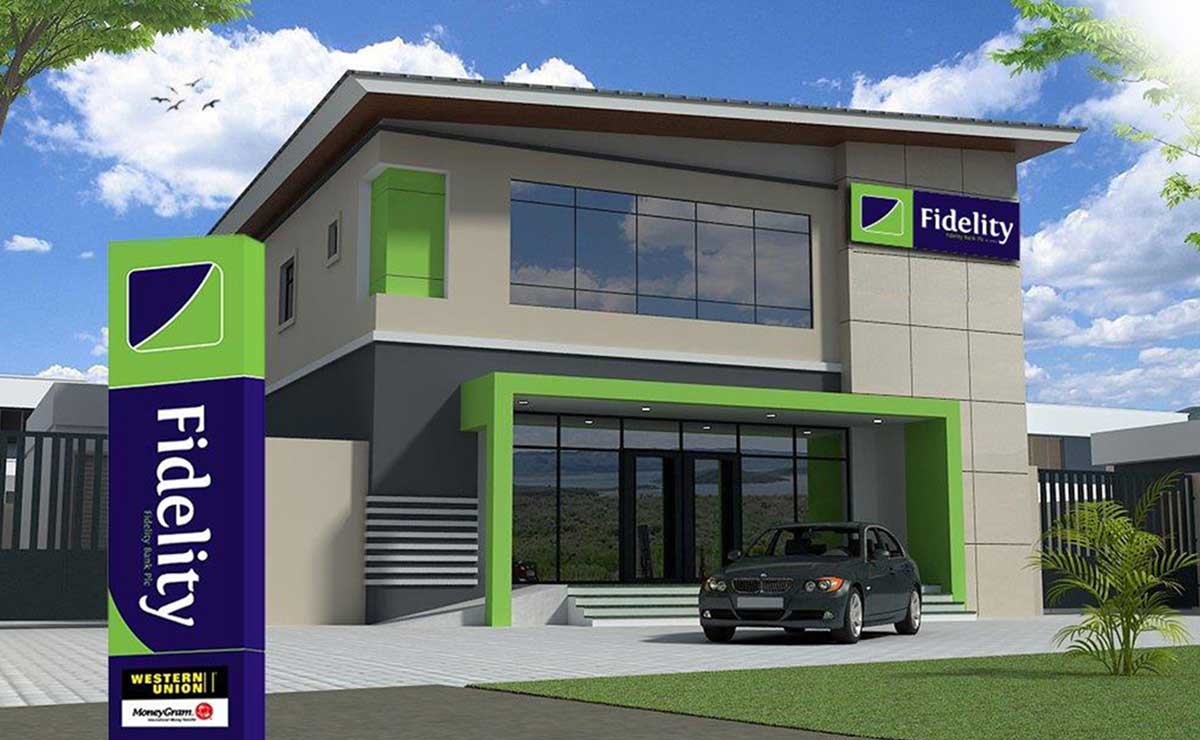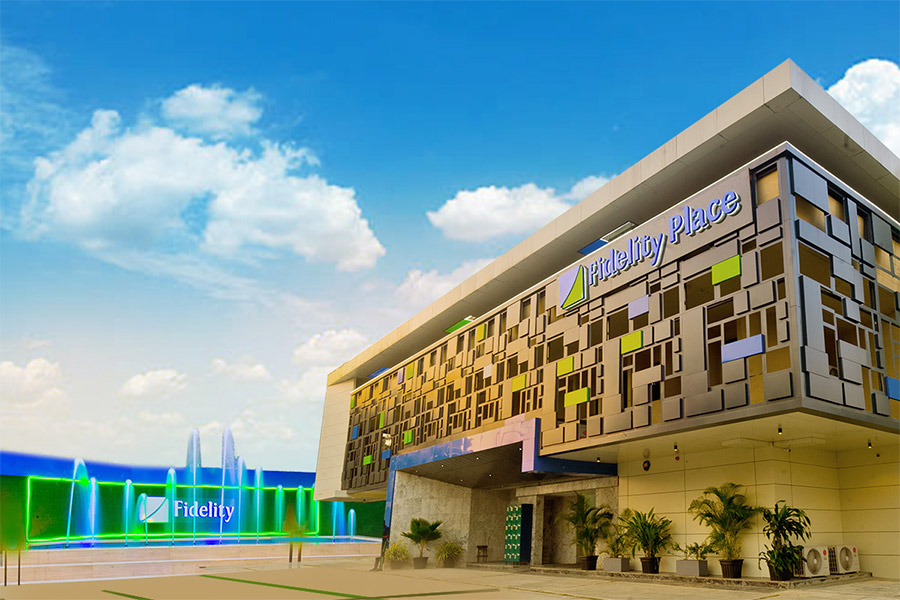Despite the harsh and unpredictable macroeconomic environment, the Bank remained profitable as pretax profit grew by 20.54 per cent to N4.84 billon
Amid the economic turbulence characterized by a drop in oil price, rising inflation and foreign currency restrictions, Fidelity Bank Plc has defiled all odds by reducing its Non-Performing Loans (NPLs).
This feat can be attributed to the lenders excellent risk management strategy and a proportionate distribution of loan portfolio across the sectors of the economy.
Fidelity Bank’s NPLs improved to 6.10 per cent in the first quarter of 2017 from about 6.60 per cent recorded as at December 2016 thanks to a 7.1 per cent drop in absolute NPL figures and the growth in the loan book.
The decline in absolute NPL volumes was primarily from General Commerce, Transport, Retail and Real Estate sector which accounted for over 85 per cent of the decline.
The Nigerian lender’s coverage ratio improved to 90.9 per cent in their first quarter of the year compared to 83.5 per cent reported as at December 2016.
Only 45.90 per cent of Fidelity Bank’s total gross loans of N755.90 billion are Non-performing Loans.
“We are very aggressive in our loan recovery strategy and de-risking the business environment so as to reduce and address impairment, said Ernest Ebi, Chairman of the bank at the 29th Annual General Meeting (AGM) of the bank.
It is not an easy task maintaining good assets quality in a deteriorating macroeconomic environment as Nigerian banks booked higher than expected impairment charge on loan made to the energy and commercial businesses.
Banks lent to oil companies when oil prices were above $100, 3 years ago on the expectation that assets acquired by these firms would generate reasonable cash flows.
However, a sudden drop in commodity prices sent a predawn chill down the spine of bank managers as a lot of the loans became a huge liabilities.
It is estimated that lenders lent a total of $10 billion to local oil and gas companies to buy assets from Royal Dutch Shell, Eni and Total.
A severe dollar shortage that led to an economy recession hammered manufacturers and business from importing raw material and machinery.
The economic downturn squeezed banks as manufacturers and businesses are unable to pay back interest loans borrowed.
The ratio of non-performing loans to total credit rose to 14 percent at the end of December from 5.3 percent at the end of 2015, the Central Bank of Nigeria, which requires banks keep the measure below 5 percent, said in a report on its website.
Moody’s Investors Service said “NPLs will rise marginally to between 14 per cent and 16 per cent, but should reach a peak as write-offs, loan restructurings, and the strengthening economy take effect,” said Moody’s.
For the first three months through March 2017, Impairment charge by the 13 largest listed lenders on the Nigerian Stock Exchange (NSE) increased by 54.23 percent to N96.27 billion from N62.39 billion the previous year.
A 125.56 per cent surge in loan loss expense deal a hash blow on First Bank, the largest lender in the country by assets, as net income dropped 22.36 per cent to N16.88 billion.
First Bank’s Non-Performing Loans (NPLs) of 26.50 per cent, which is one of the highest in the industry, exceeds the 5.0 per cent regulatory threshold.
Despite the harsh and unpredictable macroeconomic environment, Fidelity Bank remained profitable as pretax profit grew by 20.54 per cent to N4.84 billon, driven by the N0.5 billion growths in net interest income and N1.7 billion declines in total operating expenses.
Gross earnings followed the same growth trajectory as it increased by 25.86 percent to N40.84 billion from N36.36 billion the corresponding period of 2016; driven by a combination of increased yields on earning assets and growth in non-interest income.
Similarly, interest income followed the same growth trajectory as it increased by 24.10 percent to N36.30 billion in the period under review from N29.20 billion the previous year.
The growth in interest income was driven by a 28.80 percent growth in interest income on loans and advances to N26.79 billion in March 2017 from N20.79 billion as at March 2016.
Interest expense however rose by 50.20 per cent to N19.67 billion in March 2017 as against N19.67 billion the previous year; due to the high interest rate environment.
Fidelity Bank’s interest margins improved to 6.9 per cent in March 2017 from 6.4 per cent as at December 2016 on account of increased yields on earning assets to 15.1 per cent in March 2017 from 12.7 percent in December 2016.
The Nigerian lender expects profit to rise by 30 percent by the end of the year as it benefits from investments in high-yielding Nigerian government debt and improving supplies of foreign exchange.
Fidelity is able to buy Nigerian 10-year bonds that yield more than 16 percent, the second-highest among local-currency government debt in 31 emerging markets, according to a recent report by Bloomberg.
The yield on earning assets has consistently inched up since half year of 2016, as it grew by 2.4 percent to 15.1 percent in the first quarter of 2017.
Average funding costs also grew but at a slower rate to 7.5 percent from 5.8 percent in line with the higher rate environment.
Funding costs increased in the first quarter of 2017 as the increased yields on government securities continue to spike deposit rates upwards.
Fidelity capital adequacy ratio (CAR) declined to 16.7 percent in March 2017 from 17.2 percent as at December 2016; however, it still remains well above the regulatory minimum requirement of 15.0 percent.
Its liquidity ratio of 33.7 percent is higher than the regulatory minimum of 30.0 percent. Net loans and advances to customers grew by 23.77 percent to N730.44 billion in March 2017 from N590.13 billion the previous year as the lender remained cautious of increasing its exposure in selected sectors of the economy.
The Nigerian lender has remained efficient amid a myriad of challenges bedeviling the sector as cost to income ratio (CIR), a measure of profitability and efficiency, improved to 72.0 percent in the period under review from 77.1 percent in last year.
Fidelity Bank has consistently paid dividends in the last 11 years, even in the most turbulent time in the Nigerian banking industry. In the last 6 years, dividends have moved within the band of + or – 20.0 percent of 17.5 Kobo per share. The Bank’s composite risk rating is sound and does not preclude it from paying more than 30 percent of its net profit.
Currently, Fidelity Bank’s guidance for dividend payment is between 30 percent and 50 percent of annual net profit.
A commercial bank with International Authorisation established in 1987 and licensed by the Central Bank of Nigeria (CBN).
The Bank currently has over 400,000 diverse shareholders. Listed on the Nigerian Stock Exchange (NSE) in May 2005 and has consistently paid dividends annually since being listed.
Issued a $300million Eurobond in May 2013 which is listed on the Irish Stock Exchange (IRS).Issued a ₦30billion local currency bond in May 2015.
The Bank has a market capitalization of N34.77 billion while total number of ordinary shares stood at 28.97 billion as at March 2017.







